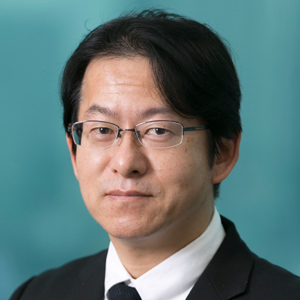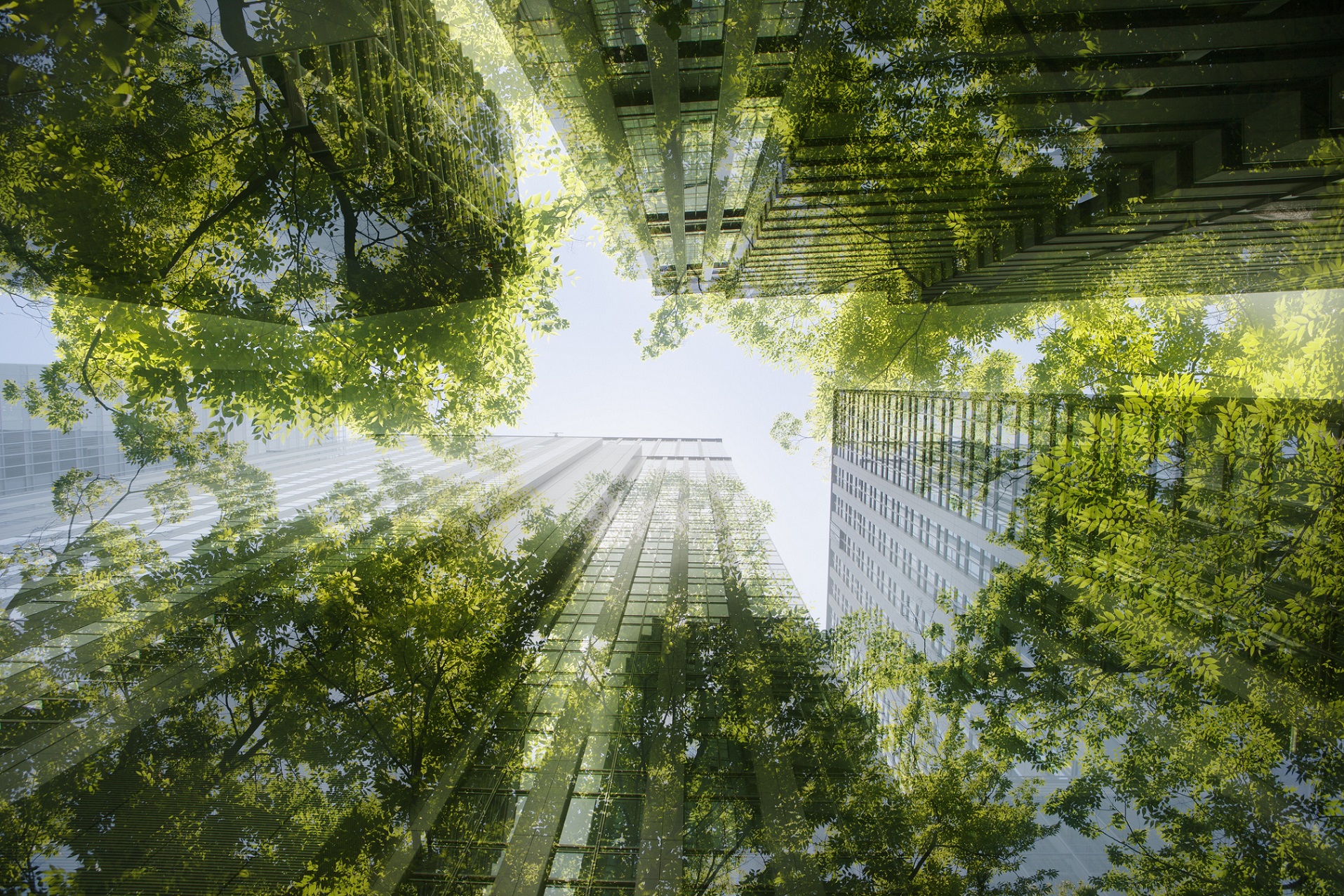
In the wake of the March 2011 meltdown at Fukushima Daiichi Nuclear Power Plant, Fukushima Prefecture set out to redefine itself as a leader in renewable energy. The author reviews the prefecture’s progress and proposes a bolder vision for the coming decade.
* * *
Ten years after the meltdown at the Fukushima Daiichi Nuclear Power Plant, the shocking images of white smoke billowing from hydrogen explosions in the stricken reactor units remain seared in our memories. In the immediate aftermath of the catastrophic nuclear accident triggered by the Great East Japan Earthquake, Fukushima Prefecture embraced an ambitious vision for conversion to renewable energy as a major plank of its reconstruction policy. How much has it accomplished thus far, and what should it aim for in the coming years, as Japan strives for net zero carbon emissions by 2050?
A Decade of Steady Progress
As part of its blueprint for reconstruction from the nuclear accident, Fukushima Prefecture vowed to position itself as a pioneer in renewable energy and a model for national energy policy through a strategic shift toward renewables that would boost the economy while benefiting the environment. In accordance with this vision, the Fukushima Plan for a New Energy Society calls for boosting renewables’ share of the prefecture’s primary energy mix (crude oil equivalent) to roughly 40% by fiscal 2020, about 60% by 2030, and 100% by 2040. Let us consider the steps the prefecture has taken to achieve these targets.
In May 2013, Fukushima Electric Power Co. was established to promote the introduction of renewable energy with funding from the prefectural government and other sources. The following October, Fukushima Renewable Energy Institute (part of the National Institute of Advanced Industrial Science and Technology) was established in Koriyama to serve as a regional center for research and development of renewable energy technology. Between 2013 and January 2021, Fukushima-based enterprises received 115 public grants for the development of renewable energy technologies, and 44 of the projects reached the commercial deployment stage.
In February 2017, the Fukushima Renewable Energy Center was established to provide support for commercialization of renewable energy technologies and promote networking among interested businesses. The following March saw the birth of Fukushima Power Transmission Co., one of the first locally based transmission system operators in a market long monopolized by the big regional utilities. Fukushima Power Transmission is tasked with building shared transmission lines with a view to integrating renewable energy into the power grid in the Abukuma highlands and coastal areas. Energy Agency Fukushima, established in April 2017 to support industrial development in the renewable energy sector, has helped local businesses secure more than 30 contracts for products, parts, and services in the field.
Fukushima communities have become prime sites for the testing of cutting-edge energy projects. In 2013, a demonstration trial involving floating offshore wind turbines was launched off the coast of Naraha. March 2020 saw the completion of the Fukushima Hydrogen Energy Research Field in the town of Namie. FH2R, as it is known, is one of the world’s largest facilities for producing hydrogen from renewable energy, and it is already supplying clean hydrogen fuel to several sites in the prefecture. “Smart community” infrastructure projects incorporating renewable energy have been completed in Katsurao, Namie, Naraha, Shinchi, and Soma.
Boosted by such initiatives, renewables accounted for 34.7% of Fukushima’s energy mix in fiscal 2019, up from 21.9% in 2011. To be sure, available transmission capacity is still an issue, and more government assistance is needed to support the industry’s development and promote widespread commercialization and adoption of renewable technologies. But there is no question that Fukushima has made steady progress toward its goal of 100% renewable energy by 2040.
Time for a More Visionary Plan
Without detracting from Fukushima’s accomplishments over the past decade, one may legitimately ask whether the current approach can propel the prefecture to the next level and position it as a pioneer in renewable energy.
Globally speaking, the goal of transitioning away from fossil fuels has practically become a given, as evidenced by the ballooning membership of the RE100 climate group, the global corporate initiative for 100% renewable energy. In my view, the focus of innovation today is shifting to more visionary goals, such as the total integration of renewable energy into smart cities.
A noteworthy example of this trend is Sidewalk Toronto, an innovative project for the Quayside downtown waterfront district. In October 2017, a contract for development of the 4.9-hectare district fronting Lake Ontario was awarded to Sidewalk Labs, a subsidiary of Google’s parent company Alphabet Inc. The company invested $50 million in the initial stages, and there were even plans to move Google’s Canadian headquarters to Quayside, but the project was ultimately abandoned in May 2020 in the face of opposition from citizens concerned about the collection and use of personal data by a private business. Nonetheless, it is worth examining as a harbinger of things to come.
Sidewalk Toronto was a comprehensive smart-city design project aimed at creating a state-of-the-art sustainable, inclusive urban community. The master plan submitted by Sidewalk Labs called for development of a “climate-positive community” through total integration of advanced energy and information technology. It proposed an advanced power grid that would use digital control tools to integrate solar energy and battery storage into the main grid. In addition, it envisioned a district energy system that would use geothermal and other clean energy sources to provide heating and cooling without relying on fossil fuels. Clean energy would power a wide range of urban services, including transportation, water supply, sewage, and waste recycling. In addition, massive data collection and digital technology would be used to optimize those systems.
As suggested above, Japan is also pursuing smart-city plans highlighting the use of renewable energy. However, in most cases, the “smart” aspect of these plans simply involves the use of digital control technology to facilitate the use of renewables, and the utilization of that clean energy is limited to specific purposes, such as electric power for public facilities. By contrast, Sidewalk Toronto would have integrated renewable energy into a total urban design, using it to power a wide range of community services and systems, while marshaling advanced digital control technology to optimize those systems.
If a platformer like Google were to bring such a plan to fruition, it would then have a template applicable elsewhere. Equipped with such a template, it may be possible to “flip” communities to its smart-city model, one after another.
Next Generation of Energy Technology
Meanwhile, similarly ambitious projects are in the works elsewhere around the world. Saudi Arabia is building a city called NEOM, which will be powered solely by renewable energy. In Japan, Toyota has begun work on Woven City, a prototype smart city located on the former site of the company’s Higashi-Fuji Plant at the base of Mount Fuji. Whoever builds the first truly smart, sustainable city could become the standard setter for the next generation of energy technology.
In the wake of the Great East Japan Earthquake, Fukushima boldly reimagined itself as a leader in renewable energy. In the 10 years since then, it has made admirable progress toward its goals. Now, as it looks ahead to the next decade, it needs to embrace an even bolder vision and begin planning smart communities on the scale of Sidewalk Toronto, NEOM, and Woven City.


